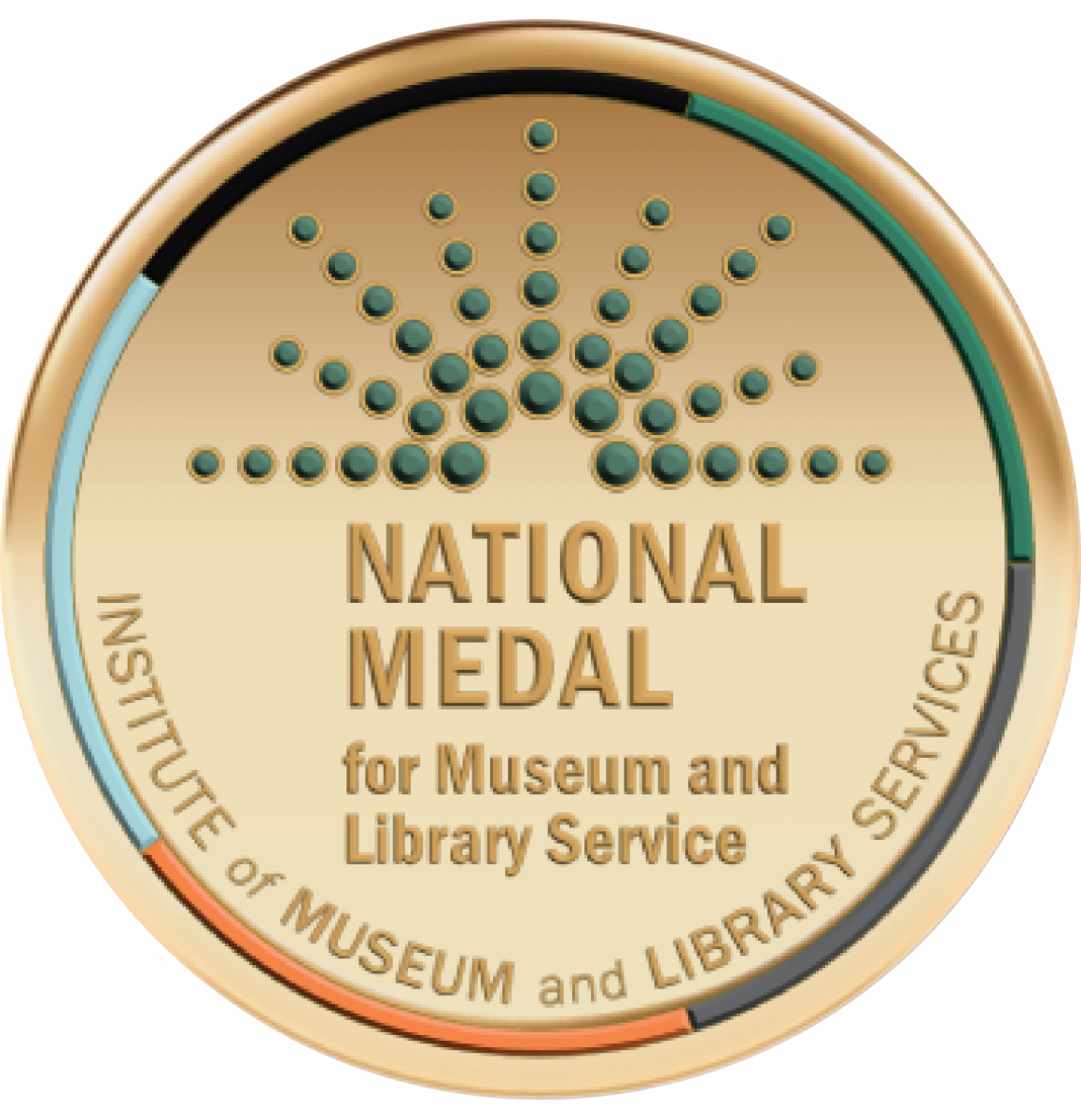Kids
Halloween Parade (All Ages)
Kids and their grown up can show off their costumes during our annual Halloween Parade! This event will start in the children's department of the library and, weather permitting, head outside for a march around the municipal courtyard. The parade will start promptly at 11, so please be sure to come a few minutes early.
Color-Your-Own Masks (Gr. K+)
Drop by the children's department for a calm Sunday passive craft. Color your own geometric face mask. This program is intended for children grades K+. As supplies last.
Color Fall Blessings Wood Pumpkin
Come join us to color fall blessings wood pumpkin.
Age 5+
Registration is required, click here to register.
Color Your Own Fall Bookmark
Stop by the Children's Department to grab a fall bookmark to color!
Ages 5-12
*AVAILABLE WHILE SUPPLIES LAST*
Fall Tree Paper Craft
Drop by the children's library to create an autumnal scene (while supplies last). Be as creative as you want!
LIBRARY CLOSING AT 5:00 PM
Trick-or-Treat Tote Bags
Get ready to trick-or-treat and design your own tote bag! Available to grades 4+. Registration Required.
Crafty Creations: Scarecrows!
Thursday, September 18, 10:00AM
Kids ages 2 and up, with their grown-up, are invited to make a quick, beautiful, not-too-messy project. This month we are making scarecrows! Clean up at 11:00!
Make a Coin Purse
Kids and tweens can drop by to make a simple coin purse using basic lacing or sewing skills. Perfect to give as a gift or keep for yourself. Drop by between 4:00 and 5:00 to get started. We'll clean up together beginning at 5:00.
For kids in kindergarten & up.
While supplies last!

